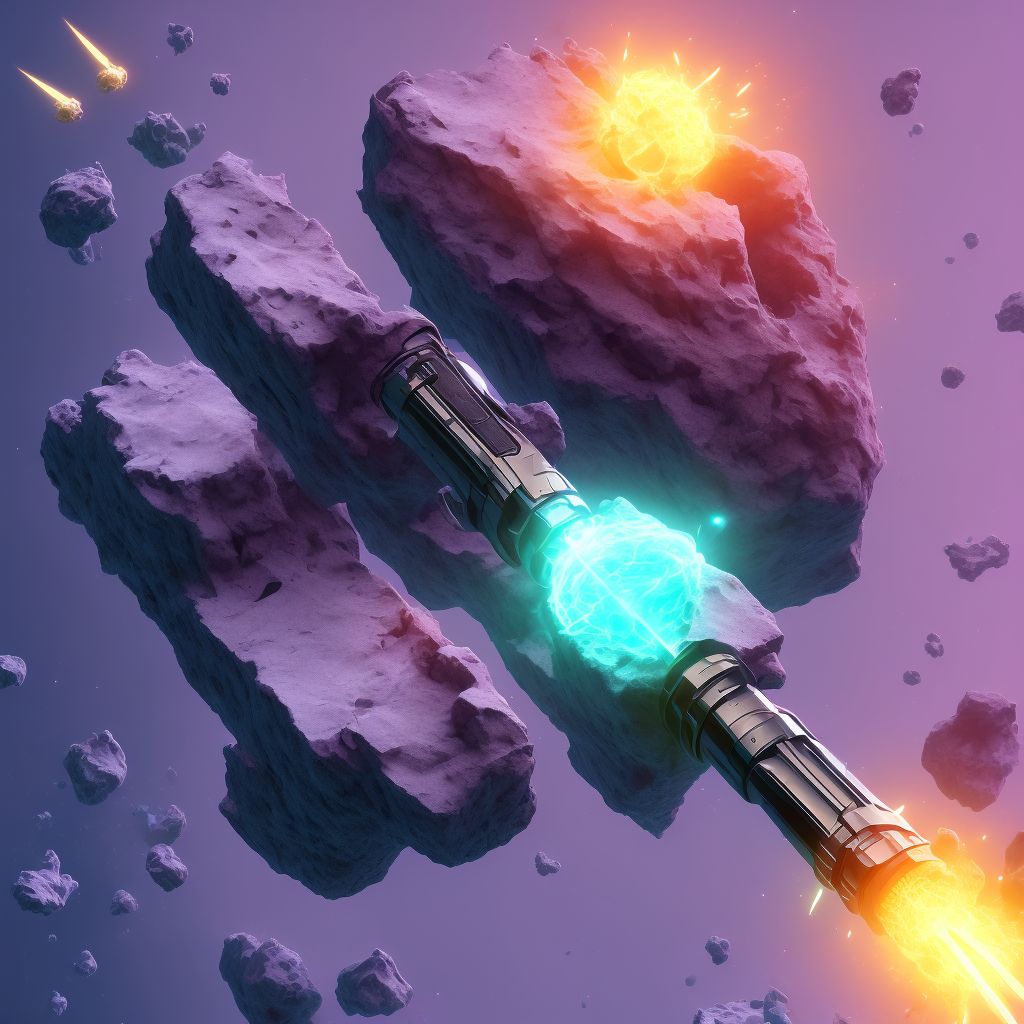
Nondisplaced transverse fracture of shaft of unspecified fibula, subsequent encounter for open fracture type I or II with delayed healing Save
ICD-10 code: S82.426H
Disease category: S82.426: Nondisplaced transverse fracture of shaft of unspecified fibula
Nondisplaced Transverse Fracture of Shaft of Unspecified Fibula: Understanding Open Fracture Types I and II with Delayed Healing
When it comes to bone injuries, one common occurrence is a nondisplaced transverse fracture of the shaft of the unspecified fibula. This type of fracture occurs when the fibula, one of the two bones in the lower leg, breaks horizontally but remains in its anatomical position without any significant displacement. This article will delve into the subsequent encounter for open fracture types I and II with delayed healing, shedding light on this particular condition.
Open fractures, also known as compound fractures, are fractures where the broken bone penetrates the skin, leading to an increased risk of infection. Type I and II open fractures refer to fractures where there is no significant soft tissue damage or contamination. Delayed healing indicates that the fracture is taking longer than expected to heal, which can be attributed to various factors.
- Potential Causes: Several factors can contribute to the delayed healing of a nondisplaced transverse fracture of the fibula. These include poor blood supply to the area, inadequate immobilization, nutritional deficiencies, smoking, and certain medical conditions such as diabetes.
- Symptoms and Diagnosis: Symptoms of this type of fracture may include pain, swelling, bruising, and difficulty bearing weight on the affected leg. A thorough physical examination, along with X-rays or other imaging tests, is typically performed to diagnose the fracture and determine its severity.
- Treatment Options: While this article focuses on the description of the condition and not treatment, it is important to note that treatment for a nondisplaced transverse fracture of the fibula with delayed healing may involve various approaches. These can range from immobilization with a cast or brace to surgical intervention, such as internal fixation with plates, screws, or rods.
Seeking medical attention is crucial if you suspect a nondisplaced transverse fracture of the shaft of the unspecified fibula. A healthcare professional will assess your condition and provide appropriate guidance regarding treatment options.
Remember, each case is unique, and only a qualified healthcare professional can offer personalized advice based on your specific circumstances. If you are experiencing any symptoms or concerns related to this type of fracture, it is important to consult with a healthcare professional for an accurate diagnosis and appropriate treatment plan.
Treatment of Nondisplaced transverse fracture of shaft of unspecified fibula, subsequent encounter for open fracture type I or II with delayed healing:
Treatment Options for Nondisplaced Transverse Fracture of the Shaft of the Unspecified Fibula, Subsequent Encounter for Open Fracture Type I or II with Delayed Healing
Dealing with a nondisplaced transverse fracture of the shaft of the unspecified fibula can be a challenging experience. However, with the right treatment options, you can recover and regain your mobility. In this art...
To see full information about treatment please Sign up or Log in